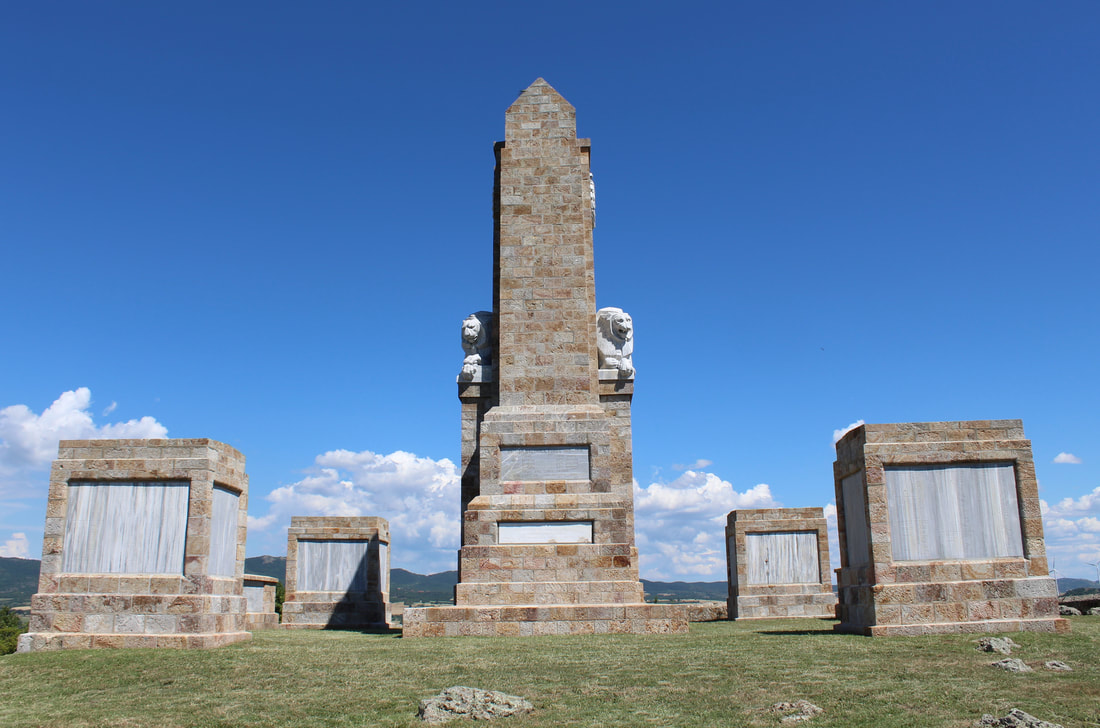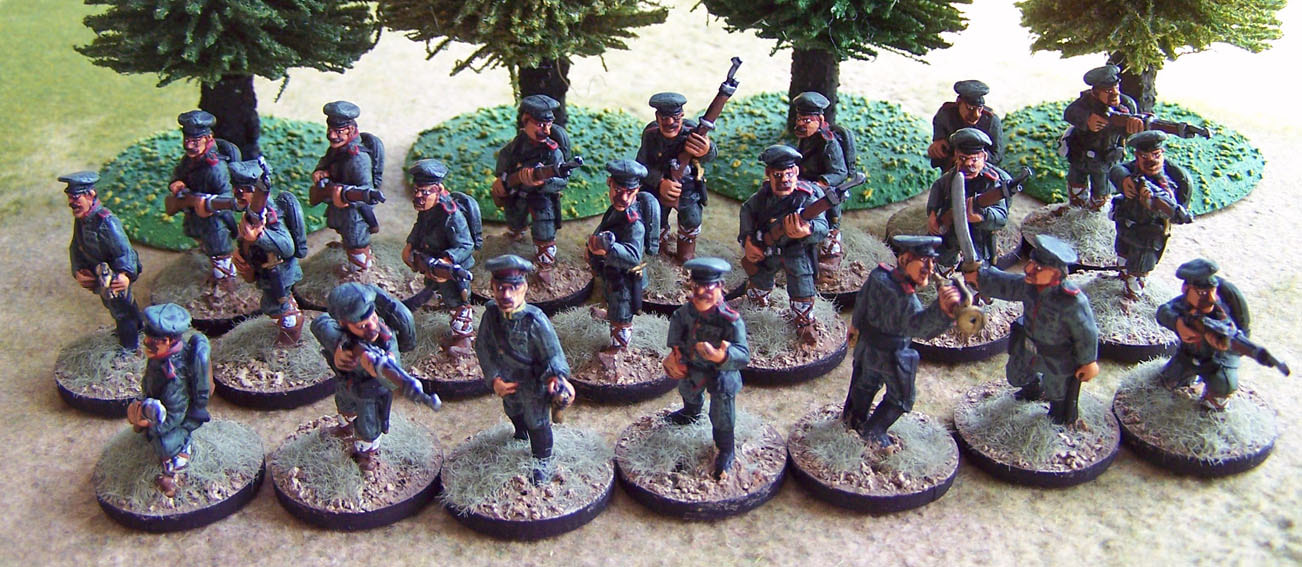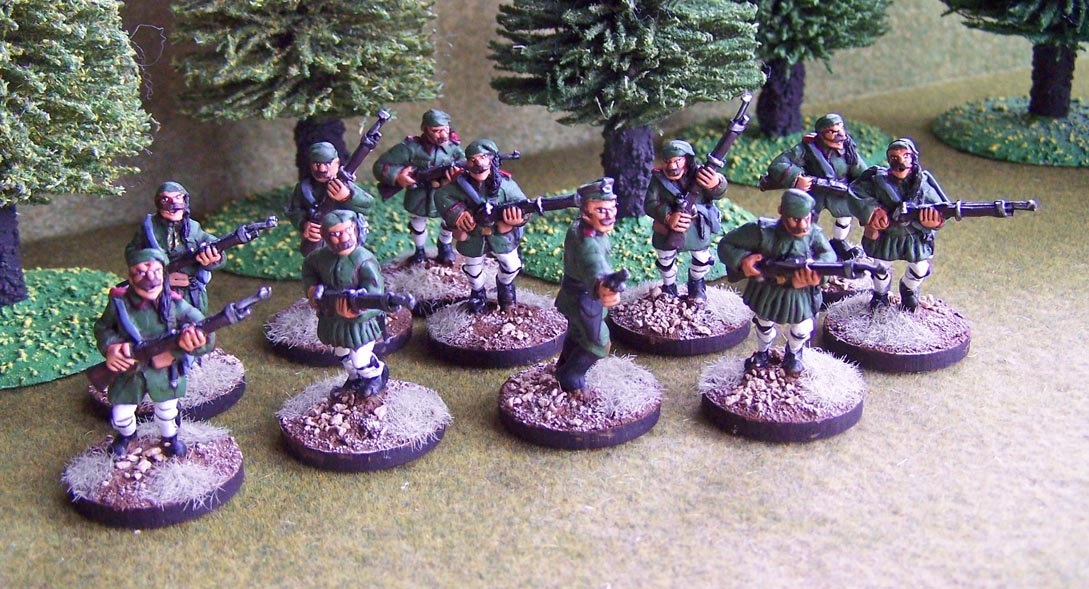- Home
- About
-
Travel
-
Features
- Dyrrachion1081
- Normans in the Balkans
- Manolada 1316
- Kosovo 1389
- Castles on the Danube
- Late Medieval Bosnian Army
- Doboj 1415
- Wallachian and Moldovan troops of the Napoleonic wars
- Anchialos 917
- Slovenian Borderlands
- The Zadruga and the Military Border
- Cretan War in the Adriatic
- Salonika 1916
- Uskoks of Senj
- Siege of Klis 1537
- Eugene in the Balkans
- Moldavian Surprise 1711
- Austro-Turkish War 1737-9
- Militargrenze
- Invading Ottoman Turkey
- Siege of Ragusa 1814
- Russo-Turkish War 1806-12
- Serbian Uprising 1815
- Ali Pasha
- Ottoman Army 1826
- Aleksinac 1876
- Shipka Pass
- Slivnitsa 1885
- Romanian Army 1878
- Austrian forts 19thC
- Kumanovo 1912
- Catalca Lines
- Adrianople 1912-13
- Kajmakcalan 1916
- The other 1918 campaign
- Macedonia air war WW1
- War of the Stray Dog
- Royal Yugoslavian armed forces
- Blunder in the Mountains
- Romanian SS
- Gebirgsjager in the Balkans
- Knights Move 1944
- Vis during WW2
- HLI in the Adriatic
- Adriatic Cruel Seas
- Dalmatian Bridgehead
- Cyprus 1974
- Transnistrian War
- Ottoman Navy Napoleonic wars
- Medieval Balkans
- Balkan lockdown quiz >
- Reviews
-
Armies
- Ancient Greeks
- Pyrrhic army of Epirus
- Dacian wars
- Goths
- Late Roman
- Comnenan Byzantine Army
- Normans
- Serbian medieval
- Albanian medieval
- Wallachian medieval
- Bosnian Medieval
- Catalan Company
- Polish 17C
- Austrian Imperialist
- Ottoman
- Austrian 18thC
- Russian Early 18thC
- Ottoman Napoleonic
- Greek Revolution
- 1848 Hungarian Revolution
- Russian Crimean war
- Romanian Army of 1877
- Ottoman 1877
- Russian 1877
- Balkan Wars 1912-13
- Macedonia WW1
- Greece WW2
- Italian Army WW2
- Gebirgsjager WW2
- Hungary WW2
- Turkey WW2
- Soviet Union WW2
- Bulgaria WW2
- Turkish Korean War Brigade
- Balkan Wars 1990s
- Links
- Books
The Other 1918 Campaign
The history channels are full of stories about the Battle of Amiens and the 100 days that led to the armistice in 1918. Important though these were, there was another important campaign in September 1918, which also played a part in bringing the war to an end. The Macedonian campaign of September 1918.
Following the German offensives in March 1918, trained troops were needed urgently on the Western Front and so British and French battalions were sent to France. They were replaced by Greek divisions, acclimatised after Greece fully joined the war in June 2017. French units were replaced by Serbian divisions.
The Supreme War Council decided an offensive against Bulgaria could deliver decisive results, if the Bulgarian line could be broken. Preparations began in the summer of 2018 for a French and Serbian offensive in Macedonia, with supporting assaults from the British sector around Lake Doiran. The British commander, General Milne, favoured an attack in less well defended sector, but the French argued that only Doiran would draw Bulgarian reserves away from the main attack.
The British and Greek attack was to start three days after of the main assault. The latest tactics were adopted with creeping barrages and heavy artillery on reserve positions. However, there wasn’t the same scale of artillery in Macedonia or enough gas shells or manpower. Despite early successes, the attack ran out of steam and allied forces had to withdraw, after suffering 7,103 British and Greek casualties.
The main assault involved the Serbian 2ndArmy (5 divisions), supported by French divisions, at Dobro Pole to the west of the British positions, astride the Vardar River valley. This position was defended by the Bulgarian 2ndThracian Division and 3rdBalkan Division, bolstered by German machine gun squads and a German staff. Bulgarian intelligence knew about the planned attack, but these divisions were in poor condition and Bulgaria had few reserves left.
The offensive began on 14 September with heavy shelling and the infantry went in the following day. French troops from 122ndDivision captured the high ground, known as the Pyramid, which gave them visual control of the battlefield. Never the less, the Bulgarian forces mounted at least five counter-attacks, before the main positions fell to Serbian and French forces.
On 16 September the Bulgarian second line came under attack and a German battalion was rushed to support. My early evening the Kozyak ridge behind Dobro Pole had been captured, resulting in a 25 kilometre breach in the Bulgarian line. The retreat became a rout as Bulgarian units started to refuse orders and drifted away to the rear. There were few tractors for heavy weapons, which had to be abandoned.
The success at Dobro Pole meant the Bulgarian 9th Pleven Division was forced to abandon its positions at Doiran to avoid being cut off. They were savaged by air attacks during the retreat. The Bulgarian command pleaded for German reinforcements, but the fighting on the Western Front meant Von Hindenburg had little to offer.
The German plan was to retreat up the Vardar valley to stretch the Entente supply system, before mounting a counter-attack on both flanks. However, the earmarked units were already in retreat after French attacks. The loss of the key communications centre at Gradsko, split the German and Bulgarian armies.
A few German and Austrian units started to arrive on 25 September, but this was too late to halt the collapse of the Bulgarian army. On the same day the Bulgarian government sought to negotiate their exit from the war. An armistice was signed on 29 September.
German and Austrian units first concentrated at the Serbian city of Nis, but pressure from Entente forces across the whole front forced a retreat to the Danube River. British units crossed the Danube into Romania, who then re-joined the conflict. On 13 November the new Hungarian government signed an armistice.
The Battle of Dobro Pole was one of the decisive battles of WW1. In three days, Serbian and French forces knocked Bulgaria out of the war, exposing the weak underbelly of the Central Powers and thus shortened the war.
Further Reading:
Under the Devil’s Eye Alan Wakefield and Simon Moody
Balkan Breakthrough Richard Hall
Following the German offensives in March 1918, trained troops were needed urgently on the Western Front and so British and French battalions were sent to France. They were replaced by Greek divisions, acclimatised after Greece fully joined the war in June 2017. French units were replaced by Serbian divisions.
The Supreme War Council decided an offensive against Bulgaria could deliver decisive results, if the Bulgarian line could be broken. Preparations began in the summer of 2018 for a French and Serbian offensive in Macedonia, with supporting assaults from the British sector around Lake Doiran. The British commander, General Milne, favoured an attack in less well defended sector, but the French argued that only Doiran would draw Bulgarian reserves away from the main attack.
The British and Greek attack was to start three days after of the main assault. The latest tactics were adopted with creeping barrages and heavy artillery on reserve positions. However, there wasn’t the same scale of artillery in Macedonia or enough gas shells or manpower. Despite early successes, the attack ran out of steam and allied forces had to withdraw, after suffering 7,103 British and Greek casualties.
The main assault involved the Serbian 2ndArmy (5 divisions), supported by French divisions, at Dobro Pole to the west of the British positions, astride the Vardar River valley. This position was defended by the Bulgarian 2ndThracian Division and 3rdBalkan Division, bolstered by German machine gun squads and a German staff. Bulgarian intelligence knew about the planned attack, but these divisions were in poor condition and Bulgaria had few reserves left.
The offensive began on 14 September with heavy shelling and the infantry went in the following day. French troops from 122ndDivision captured the high ground, known as the Pyramid, which gave them visual control of the battlefield. Never the less, the Bulgarian forces mounted at least five counter-attacks, before the main positions fell to Serbian and French forces.
On 16 September the Bulgarian second line came under attack and a German battalion was rushed to support. My early evening the Kozyak ridge behind Dobro Pole had been captured, resulting in a 25 kilometre breach in the Bulgarian line. The retreat became a rout as Bulgarian units started to refuse orders and drifted away to the rear. There were few tractors for heavy weapons, which had to be abandoned.
The success at Dobro Pole meant the Bulgarian 9th Pleven Division was forced to abandon its positions at Doiran to avoid being cut off. They were savaged by air attacks during the retreat. The Bulgarian command pleaded for German reinforcements, but the fighting on the Western Front meant Von Hindenburg had little to offer.
The German plan was to retreat up the Vardar valley to stretch the Entente supply system, before mounting a counter-attack on both flanks. However, the earmarked units were already in retreat after French attacks. The loss of the key communications centre at Gradsko, split the German and Bulgarian armies.
A few German and Austrian units started to arrive on 25 September, but this was too late to halt the collapse of the Bulgarian army. On the same day the Bulgarian government sought to negotiate their exit from the war. An armistice was signed on 29 September.
German and Austrian units first concentrated at the Serbian city of Nis, but pressure from Entente forces across the whole front forced a retreat to the Danube River. British units crossed the Danube into Romania, who then re-joined the conflict. On 13 November the new Hungarian government signed an armistice.
The Battle of Dobro Pole was one of the decisive battles of WW1. In three days, Serbian and French forces knocked Bulgaria out of the war, exposing the weak underbelly of the Central Powers and thus shortened the war.
Further Reading:
Under the Devil’s Eye Alan Wakefield and Simon Moody
Balkan Breakthrough Richard Hall



